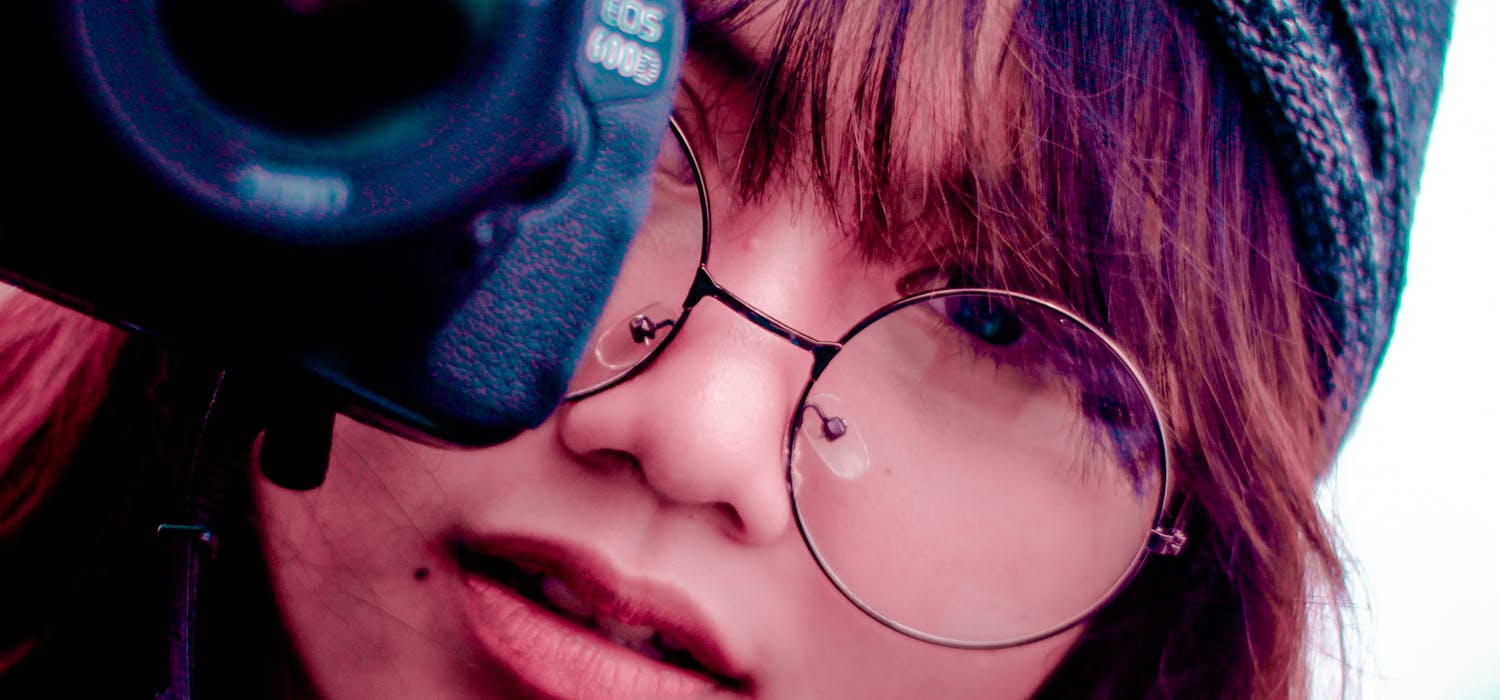
How is a camera similar to the human eye
1. Lens: The Gateway to Vision
Both cameras and human eyes rely on a lens to capture the world. In cameras, this is a complex arrangement of glass elements, mirrors, and sometimes additional components. Similarly, the human eye utilizes the cornea and crystalline lens to focus light onto the retina.
2. Aperture: Controlling Light Intake
The aperture in a camera regulates the amount of light entering the lens. Similarly, the human eye's iris adjusts its size to control the light entering the eye through the pupil. This adaptation allows both systems to function optimally in various lighting conditions.
3. Shutter Speed: Capturing Moments in Time
Cameras use a shutter to control the exposure time, capturing moments in fractions of a second. The human eye achieves a similar effect through rapid adjustments in the retina's sensitivity, allowing us to perceive a continuous stream of images.
4. Retina vs. Image Sensor: Conversion of Light to Signals
In cameras, the image sensor plays a role analogous to the human retina. Both convert incoming light into electrical signals, initiating the process of transforming visual information into a comprehensible form.
5. Signal Processing: From Pixels to Perception
Just as cameras process signals through intricate algorithms to produce a final image, the human brain interprets electrical signals from the retina. Complex neural pathways decode these signals, culminating in our perception of the visual world.
6. Autofocus Mechanism: Mimicking Visual Acuity
Cameras employ autofocus systems to achieve sharpness in images. Similarly, the human eye utilizes intricate mechanisms to adjust the focal length, ensuring clarity in our vision, especially when transitioning between different distances.
7. Depth of Field: Artistic and Functional Focus
Both cameras and the human eye can manipulate depth of field. This feature allows for selective focus, enhancing artistic expression in photography and aiding our ability to focus on specific objects in our surroundings.
8. Color Perception: RGB in Cameras, Cones in Eyes
Cameras use the RGB (Red, Green, Blue) color model to capture a spectrum of colors. In contrast, the human eye relies on specialized cells called cones, each sensitive to different wavelengths, enabling us to perceive the richness of the visible spectrum.
9. Low Light Performance: Adapting to Dim Environments
Cameras and human eyes both exhibit adaptations for low-light conditions. While cameras may utilize larger sensors and improved ISO settings, our eyes dilate the pupils to allow more light in, enhancing visibility in dim environments.
10. Field of View: Embracing the Panoramic Perspective
The field of view in cameras and the human eye defines the extent of the observable world. Both systems offer a panoramic perspective, capturing a wide range of visual information within a single frame.
11. Image Stabilization: Ensuring Clarity
To counteract blurriness caused by motion, cameras often employ image stabilization techniques. Similarly, the human eye utilizes rapid adjustments in eye muscles and the vestibulo-ocular reflex to maintain a stable visual field.
12. Dynamic Range: Balancing Light and Shadow
Cameras aim to achieve a broad dynamic range to capture details in both highlights and shadows. Likewise, the human eye's adaptation to varying light intensities ensures we perceive a balanced and detailed visual environment.
13. Peripheral Vision: Awareness Beyond the Center
Both cameras and the human eye possess peripheral vision. While the center of focus may be more detailed, peripheral vision aids in situational awareness, enhancing our overall understanding of our surroundings.
14. Blinking and Shutter Release: Essential Pauses
The act of blinking in humans, much like the shutter release in cameras, introduces essential pauses. These moments serve to refresh the eye's tear film, maintaining ocular health and ensuring continued visual clarity.
15. Emotional Connection: Beyond Technicalities
Ultimately, both cameras and the human eye share an intimate connection with emotion. While cameras capture moments, our eyes, often referred to as the windows to the soul, convey feelings and emotions, transcending the technical similarities.